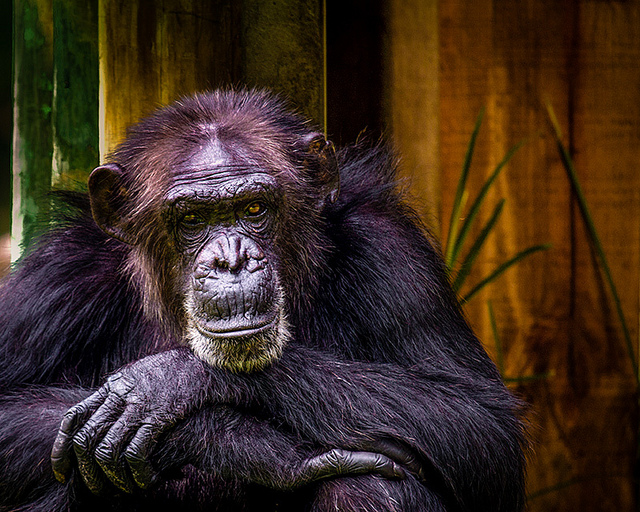Why are apes more genetically diverse than we are?
Ars Technica » Scientific Method 2013-10-28
Humans, bonobos, and chimpanzees are genetically quite similar; the DNA sequences we share are almost 98 percent identical. But there are clearly significant phenotypic differences between us and our closest living relatives, and we don’t yet know exactly why. Some researchers think that we will never find out if we continue looking at the DNA of cells that have been preserved. So the researchers generated induced pluripotent stem cells (iPSCs) from chimps and bonobos as tools to study their development and evolution, and how it differs from ours. Results are reported in Nature.
Embryonic stem (ES) cells were isolated from rhesus monkeys and marmosets in 1995, and the first human ES cells were isolated in 1998. These ES cells are pluripotent—they can form any cell of the body—and they self renew in culture forever (or for at least 500 doublings, which is the most anyone has bothered to try). In 2007, human induced pluripotent stem cells (iPSC) were generated to avoid pillaging human embryos. Now, similar cells have been made from non-human primates.
Once the scientists made the cells, their first order of business was to identify genes that show different patterns of activity in us and the apes. They found 1,376 genes with increased expression in human iPSCs, and 1,042 genes with increased expression in non-human iPSCs. 11,585 genes showed no change in expression level between the two groups. Of the top 50 genes with increased expression in humans, two were involved in silencing a type of molecular parasite.
Read 6 remaining paragraphs | Comments





